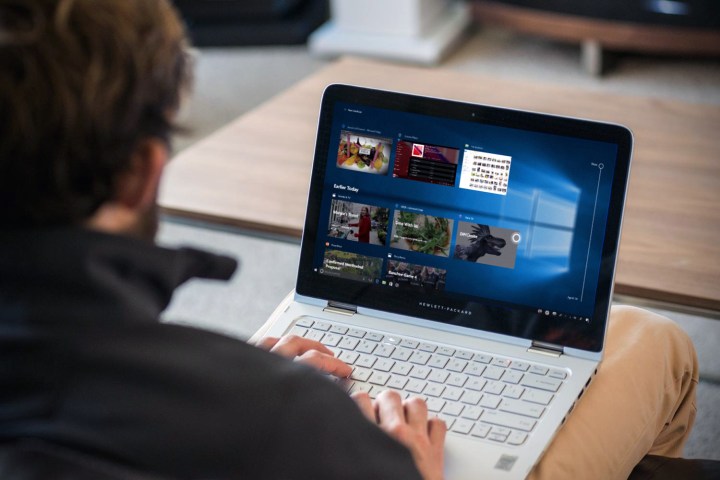
The update to the Camera app focuses on tweaks to its user interface, which have now been officially detailed by Microsoft in a recent blog post. The idea is to make the app a little more personal, by making some thoughtful tweaks to the nuts and bolts of how the tool operates.
Under the hood, there have been some edits to the core architecture that underpins the Camera function. Windows 10 is now able to do most of the heavy lifting when it comes to unsupported devices and functionality, so the duplicate handling that’s specific to the app has been removed. Since this could potentially cause some hiccups, Microsoft is rolling the change out to Insider program members first.
“From a Windows team perspective, the complexity of the Camera application made it difficult to innovate, fix bugs, and deliver new features,” the blog post from the Insider team reads. “From a Windows user perspective, this led to performance problems during photo capture time, lack of new features, and sometime failure of the Camera app. We think that this set of changes will long term yield a much higher-quality Camera experience for all users!”
The app now remembers which camera and scene were last selected, and loads them by default when it’s loaded, according to a report from On MSFT. More photo resolutions and video ratios are available, attached cameras can be used in parallel on different app windows, and the brightness slider is smoother and more accurate. A couple of features have also been removed; swiping left on the capture button to show all sliders, and wheeling on the capture button between scenes.
Members of the Insider program who have already updated to build 17074 should already have access to the latest version of the Camera app. Assuming that the Windows team doesn’t find any major issues, the rest of the Windows 10 user base should receive the new iteration soon.
Editors' Recommendations
- Scores of people are downgrading back to Windows 10
- Windows 11 vs. Windows 10: finally time to upgrade?
- The best Windows apps for 2023
- This new Windows 11 feature is a great addition for PC gamers
- The new Windows 11 Backup App takes another cue from the Mac


